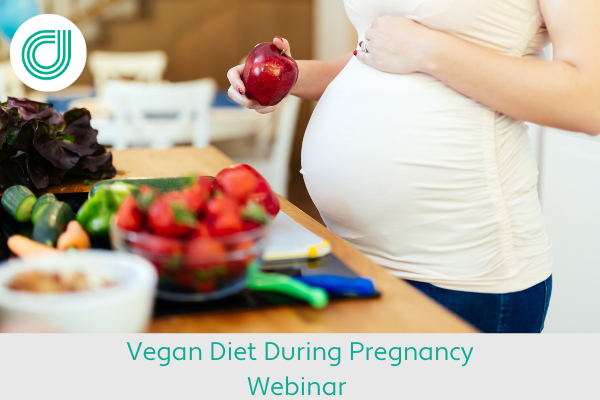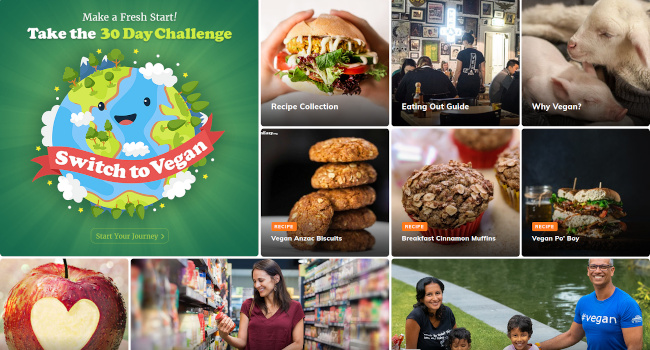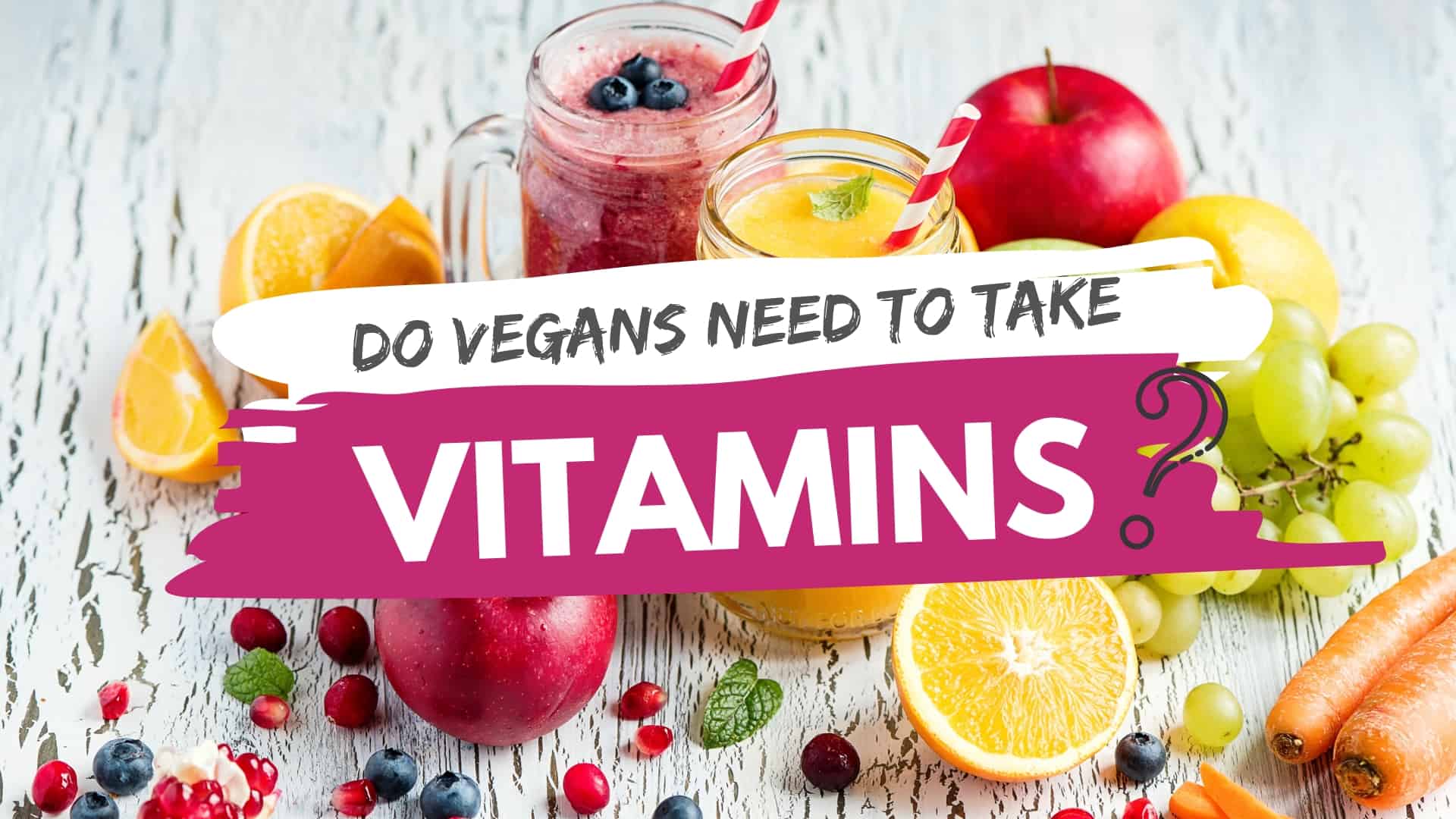
Here are some important points to remember when creating a raw foods diet. First, avoid garlic, onions, and potatoes. These foods can be dangerous to your health. The second is to ensure that all raw food ingredients are organic. Using organic ingredients means that you will not be exposed to chemical preservatives.
You can add grains to a homemade raw foods diet
The raw food diet is a great choice for dog owners who want a more complete, balanced diet for their dog. You can make a meal using fruits, nuts, and grains. This diet is flexible because you can alter the ingredients from batch-to-batch.
Garlic should be avoided
You may be curious if garlic is allowed to be eaten if you are on a raw food diet. The good news is that you can add it to a variety of recipes. It can be used in marinades, soups and stews as well as tomato sauces and soups. It adds great flavor to many dishes and has many health benefits. Roasting garlic can be a way to enjoy its taste without having to consume it raw. Roast it by simply removing the head and coating it with olive oil. Wrap it in foil.

Avoid onions
Although onions may seem to be bad for you, they are great for your health. Polyphenols in onions help fight cancer and lower blood pressure and triglyceride levels. You can increase your intake of onions by choosing red or yellow ones, which have more flavonoids. The phytochemicals in onions can also help with gastrointestinal problems. They can reduce your risk of getting gastric ulcers.
Avoiding potatoes
You should avoid eating potatoes on a raw diet for several reasons. Raw potatoes contain a substance called solanine, which can be toxic to the body. This chemical can cause a range of unpleasant symptoms, including nausea, abdominal bloating, and headaches. Raw potatoes can also increase your chance of getting foodborne illness.
Lack of variety in a raw food diet
One downside to a raw food diet is the lack of variety. It can be difficult to find friends and family if there isn't enough variety. Many people are uncomfortable with eating uncooked, cold foods. Therefore, it is often not practical to eat raw foods. There are many options to make your raw food more varied.
Some raw foods can contain salmonella bacteria
New research has shown that commercial raw food diets may contain Salmonella bacteria. The authors analysed samples taken from raw food diets that were created in Calgary, Alberta as well as Mississauga and Ontario. The researchers collected samples from raw foodstuffs that were sold in Canada and sent them to the Canadian Research Institute for Food Safety for analysis. Of the samples that were analyzed for Salmonellae, 21 were found to contain the bacteria.

Supplements
You should include supplements when you are trying to eat raw foods. Supplements are great for digestion and can prevent many illnesses. Nature's multivitamin kelp is the best supplement to raw food diet. It contains trace amounts and most of the essential vitamins as well as minerals and some amino acids. It can also help with bone health.
FAQ
Do I need calories to count?
You may wonder, "What diet is best for you?" or "is counting calories necessary?" It depends on several factors such as your current health, personal goals, preferences, and overall lifestyle.
Which one is right for you?
The best diet for me depends on my current health status, my personal goals, my preferences, and my overall lifestyle. There are many diets out there, some good and some bad. Some diets work for some people, while others are not. What can I do to make the right choice? What can I do to make the right decision?
These questions are addressed in this article. It starts with a brief introduction of the different types of diets available today. Next, we will discuss the pros & cons of each kind of diet. We will then look at how to pick the right one for you.
To begin, let's take a quick look at the different types of diets.
Diet Types
There are three main types. Low fat, high protein, or ketogenic. Let's briefly discuss them below.
Low Fat Diets
A low fat diet reduces the amount of fats you eat. This is achieved through a reduction in saturated fats (butter or cream cheese), etc. They should be replaced by unsaturated oil (olive oils, avocados, etc.). A low fat diet is often recommended for those who want to lose weight quickly and easily. This type of diet can lead to constipation and heartburn as well as indigestion. A person may also experience vitamin deficiencies if they don't get enough vitamins.
High Protein Diets
High protein diets restrict carbohydrates in favor of proteins. These diets usually have higher amounts of protein than other diets. These diets are intended to increase muscle mass and reduce calories. Unfortunately, they can't provide adequate nutrition for those who eat regularly. They can be quite restrictive and are not recommended for everyone.
Ketogenic Diets
These diets are also known under the name keto diets. They are high-fat and low in carbs and protein. They are popularly used by bodybuilders, athletes, and others who want to be able to train harder and more efficiently without becoming tired. You must adhere to all side effects such nausea, headaches, fatigue.
What are the 10 best foods to eat?
These are the top 10 foods to eat.
-
Avocados
-
Berries
-
Broccoli
-
Cauliflower
-
Eggs
-
Fish
-
Grains
-
Nuts
-
Oats
-
Salmon
What is the problem?
BMI stands for Body Mass Index. This is a measure of body fat that is calculated based on height or weight. This formula calculates BMI.
Weight in kilograms divided by height in meters squared.
The result can be expressed as a number, ranging from 0 through 25. A score of 18.5 or higher indicates overweight, while a score of 23 or higher indicates obesity.
A person of 100kg with a height of 1.75m will have 22 BMI.
What's the difference between fat/sugar?
Fat is an energy source from food. Sugar is a sweetener found in fruits, vegetables, and other foods. Both fats as well as sugars contain the same amount of calories. Fats have twice the calories of sugars, however.
Fats are stored in the body and contribute to obesity. They cause cholesterol buildup in arteries which may lead to heart attacks and strokes.
Sugars are quickly absorbed by the body and provide instant energy. This causes blood glucose levels to rise. High blood glucose levels are dangerous as it can increase the likelihood of developing type 2 diabetes.
What is the difference between a virus and a bacterium?
A virus, a microscopic organism that can not reproduce outside of its host cells, is called a virus. A bacterium (or single-celled organism) reproduces by splitting itself into two. Viruses can be as small as 20 nanometers, while bacteria can grow up to 1 micron.
Viruses spread easily through contact with bodily fluids infected, including saliva and urine, semen, vaginal secretions or pus. Bacteria is usually spread directly from surfaces or objects contaminated with bacteria.
Viruses can enter our bodies through cuts, scrapes, bites, or other breaks in the skin. They can also be transmitted through the eyes, nose, mouth, ears, vaginal, rectum, and anus.
Bacteria can get into our bodies through cuts, scrapes and burns, insect bites, or other skin breaks. They can also get into our bodies via food, water or soil.
Both viruses and bacteria can cause illness. But viruses do not have the ability to multiply within their hosts. They can only infect living cells and cause illness.
Bacteria can grow in their hosts and cause disease. They can spread to other parts of our bodies. That's why we need antibiotics to kill them.
Statistics
- The Dietary Guidelines for Americans recommend keeping added sugar intake below 10% of your daily calorie intake, while the World Health Organization recommends slashing added sugars to 5% or less of your daily calories for optimal health (59Trusted (healthline.com)
- In both adults and children, the intake of free sugars should be reduced to less than 10% of total energy intake. (who.int)
- Extra virgin olive oil may benefit heart health, as people who consume it have a lower risk for dying from heart attacks and strokes according to some evidence (57Trusted Source (healthline.com)
- This article received 11 testimonials and 86% of readers who voted found it helpful, earning it our reader-approved status. (wikihow.com)
External Links
How To
27 steps to live a healthy life even if your family eats only junk food
Cooking at your home is one of the easiest ways to eat healthier. It can be difficult to prepare healthy meals at home. This article will help you make healthier choices while dining out.
-
Look for restaurants that offer healthy choices.
-
Order salads and vegetables before ordering any meat dishes.
-
Ask for sauces that aren't sweetened.
-
Avoid fried items
-
Request grilled meats instead of fried ones.
-
You shouldn't order dessert unless it is absolutely necessary.
-
It is important to have something other than dinner.
-
Eat slowly and chew thoroughly.
-
Eat water.
-
Do not skip breakfast or lunch.
-
Every meal should include fruit and vegetables.
-
Drink milk rather than soda.
-
Sugary drinks should be avoided.
-
Reduce salt intake.
-
Try to limit the number of times you go to fast food restaurants.
-
Ask someone to join you if you cannot resist temptation.
-
You should not allow your children to watch too many TV programs.
-
During meals, turn off the TV.
-
Avoid energy drinks
-
Take regular breaks from work.
-
Get up at a reasonable hour and do some exercise.
-
Exercise everyday.
-
Start small, then build up slowly.
-
Set realistic goals.
-
Be patient.
-
Find time to exercise even if you don't feel like it.
-
Positive thinking is key.